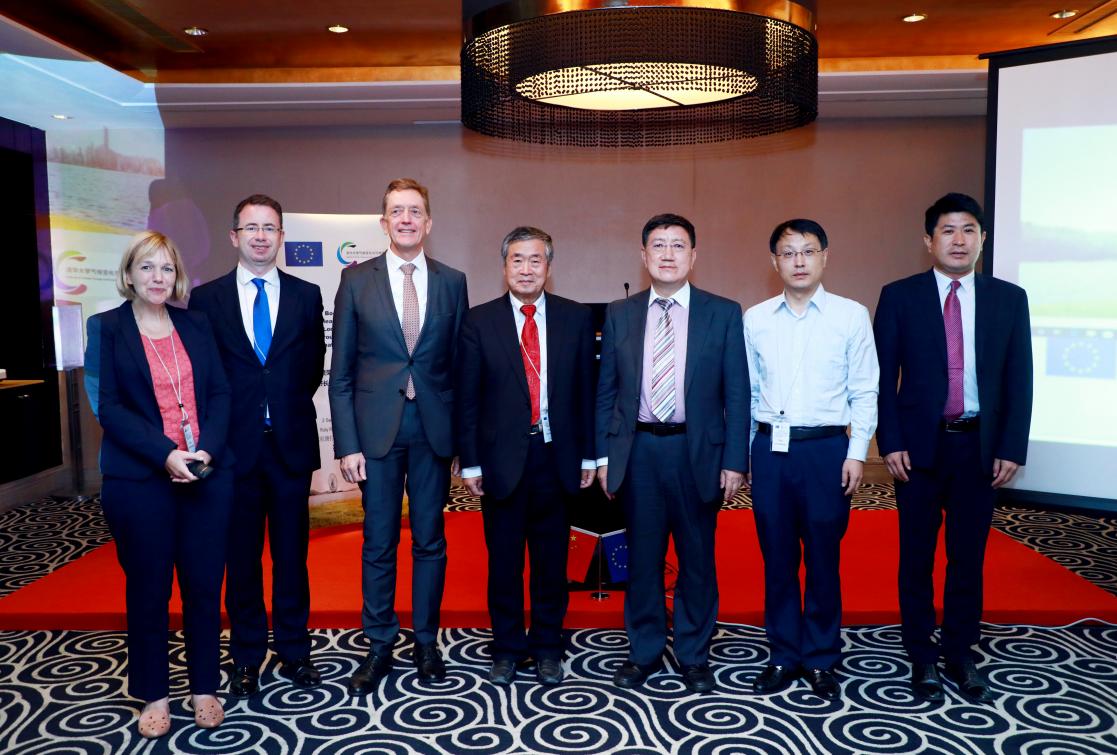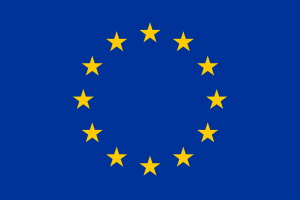EU and China share experiences on developing long-term low-carbon strategies

On 2 September, the Tsinghua University Institute for Climate Change and Sustainable Development together with Delegation of the European Union to China co-hosted an event on the strategies being developed to set Europe and China on the path to low-carbon development for 2050 and beyond. The event also featured the launch of the first Chinese-language publication of the EU’s analysis underlying its 2050 vision.
Professor He Jiankun, Chairman of the Academic Committee of the Institute of Climate Change and Sustainable Development at Tsinghua University, said in his opening remarks: “As the EU proposes to achieve climate neutrality by 2050, particular emphasis is placed on the development of a prosperous, modern and competitive economy. While achieving net-zero greenhouse gas emissions, the EU’s strategy aims to make the economy more prosperous and modern, improve people's living standards and quality, and enhance its economic and technological competitive advantage. This is a win-win strategy for economic development and climate change. This important guiding principle is also the strategic starting point for China’s long-term low-carbon development strategy.”
Timothy Harrington, Chargé, Delegation of the European Union to China, said: "Climate change is an issue that brings the EU and China together. Europe and China are leading through example in terms of global commitment and domestic action. This is one of the most positive areas of EU–China co-operation."
Artur Runge-Metzger, Director of Climate Strategy, Governance and Emissions from Non-trading Sectors, Directorate-General for Climate Action of European Commission, presented the European Commission’s strategic vision for the EU long-term strategy, a vision for climate neutrality in 2050. This covers all relevant EU policy areas and its pathways are in line with the Paris Agreement objective to keep the global temperature increase to well below 2°C and pursue efforts to keep it to 1.5°C.
He emphasised: “China and the EU, important partners in combating global climate change, face similar opportunities and many similar challenges in decarbonisation and have much to learn from each other in designing their long-term strategies.”
Turning the focus to China, Professor Li Zheng, Executive Vice-President of the Institute of Climate Change and Sustainable Development of Tsinghua University, shared preliminary results from research on long-term low-carbon transformation strategy in China's power industry. He pointed out three key challenges related to the development of a smart energy system: policy system, business model and technology, which need to be aligned. Since China is still in the stage of dynamic energy growth, the development of smart energy requires not only design and operating technology, but also comprehensive planning and integrated optimisation technology.
The 2015 Paris Agreement on climate change, which provides a global framework for the transition to low-carbon and climate-resilient economies, invites Parties to present long-term low greenhouse gas development strategies by 2020. In November 2018, The European Commission published its vision for the EU’s strategy for a prosperous, modern, competitive and climate-neutral economy by 2050. China is also in the process of preparing its mid-century strategy and has pledged to submit it by 2020.
Media Contact
Dr. Binbin Wang, Program Director, Institute of Climate Change and Sustainable Development, Tsinghua University, 13810377810
Hua Wang, Policy Officer, Delegation of the European Union to China, 010-84548129
The European Commission Communication on EU Long Term Strategy released on 28 November, 2018 https://eur-lex.europa.eu/legal-content/EN/TXT/PDF/?uri=CELEX:52018DC0773&from=EN
In-depth analysis providing technical backing to the Communication https://ec.europa.eu/info/publications/final-report-high-level-panel-european-decarbonisation-pathways-initiative_en
